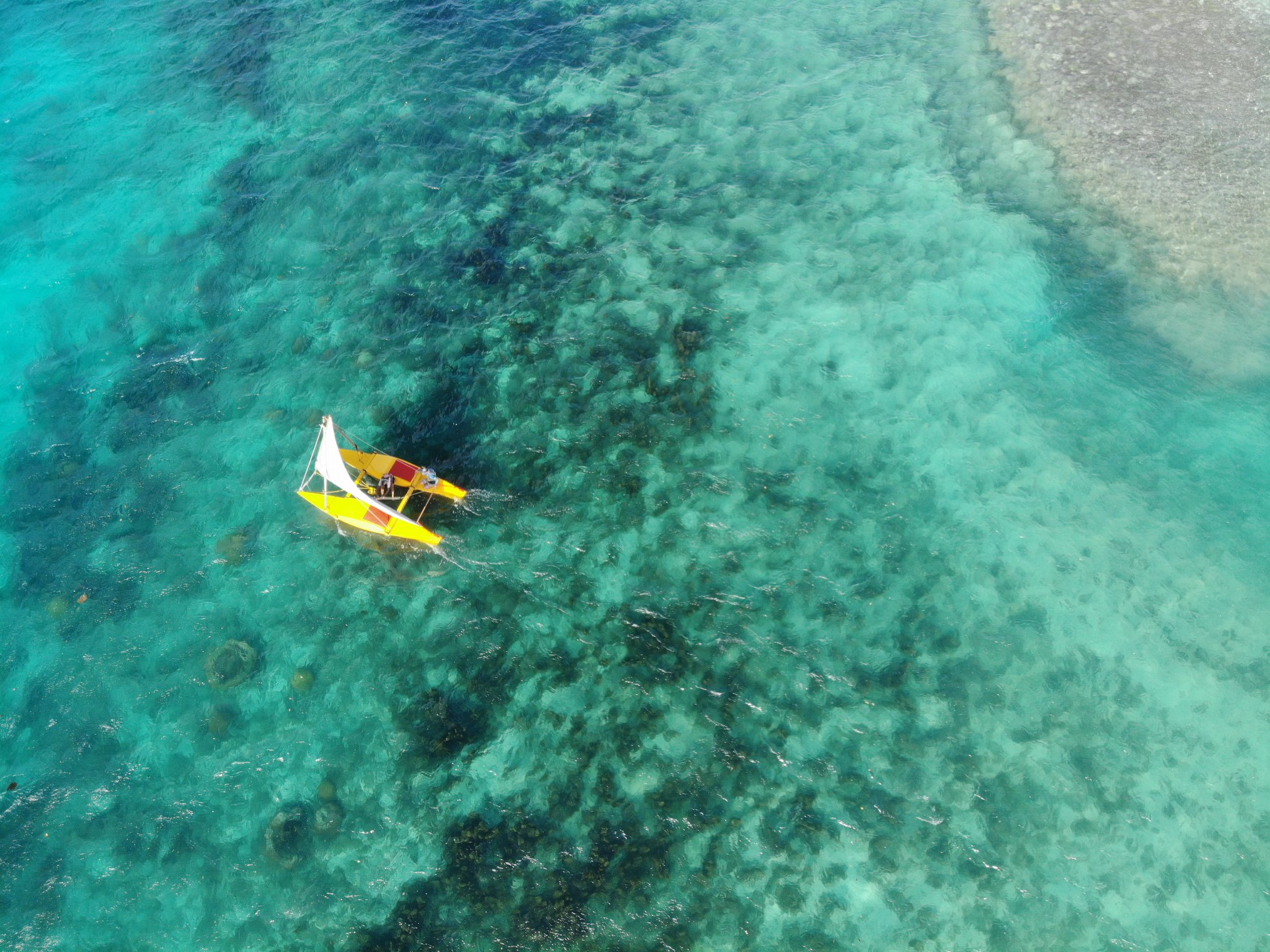Traditional ancestral wisdom and its importance for decision-making in PA management processes.
During these days, the wise men, from their broad knowledge of seeing things that are difficult to identify to the eye of a common man, dialogue with the one who is culturally known as the creator of all things, who gave to men the management of all his creation, to serve them during their lives as tools with which they could develop the work with their families, community or as now, in an organized way in the association.
During the time of concentration in dialogue with the creator, the traditional knowledgeable ones, transmit the message of the works to be carried out internally that as an association can be advanced without problems, in addition the possibility is reviewed that in the exchange of thoughts with "the target" there are no inconveniences, as long as, this is done in a coordinated way, allowing the activities to be developed to obtain the best results.
The orientation is based on respect for others in every sense, responsibility and an appropriate behavior with nature; therefore, the management standards for the work between PANI, government institutions and NGOs are emphasized.
